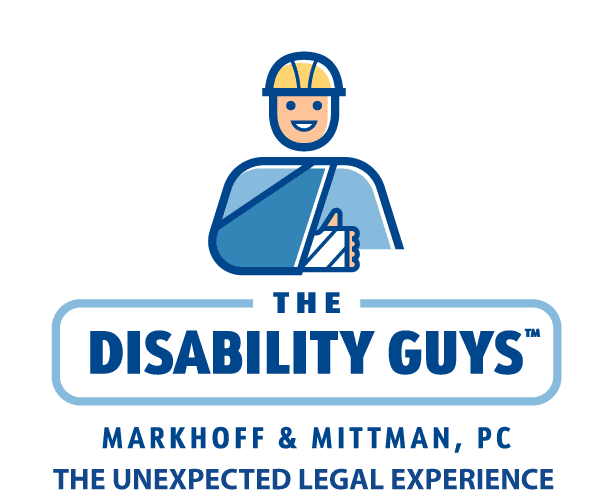Knee injuries are the most common lower extremity injury people sustain in the workplace, according to the Bureau of Labor Statistics.
When you suffer a work-related injury you should be able to qualify for medical and disability benefits through the New York workers’ compensation system, such as a(n):
- ACL;
- MCL; or
- PCL tear.
Common Types of Work-Related Knee Injuries
Most knee injuries occur because of:
- trauma;
- falling;
- hyperextension; or
- over-rotation.
Workers can sustain injuries to their knees when they do anything that causes their knees to twist and turn, or puts extra pressure on their knees, such as:
- lifting;
- kneeling;
- pivoting; or
- squatting.
Three of the most common knee injuries are soft tissue injuries:
- ACL – The ACL, or the anterior cruciate ligament, is the major ligament that holds the knee in place. Tears to the ACL cause pain and loss of mobility, and take a long time to heal.
- PCL – The PCL, or the posterior cruciate ligament, is located at the back of the knee, and when injured causes painful symptoms similar to ACL injuries. It also causes instability in the knee.
- MCL – The MCL, or the medial collateral ligament, assists in knee flexibility. Should a tear in the MCL occur, there is not only pain, but even simple movements such as walking will be difficult.
Knee Injuries Often Cause Disability
Knee injuries may be complex and slow to heal. They often cause not only pain, but also a frustrating loss of mobility and range of motion. Some may require surgery, and sometimes multiple surgeries for severe injuries.
Some workers never regain full use of the knee again. Some are unable to return to the same line of work because of their injuries.
Workers should be compensated for:
- the time off of work during the healing period;
- all current and future medical expenses;
- physical therapy and rehabilitation costs; and
- the loss of earning capacity/loss of wages.
Workers may recover temporary total disability (TTD) benefits of 80 percent of weekly spendable earnings if unable to work while recovering. If able to return to a lower-paying position while recovering, the worker may transition from TTD to temporary partial disability (TPD) that pays two-thirds of the difference between current and former wages.
Healing period benefits (80 percent of spendable weekly earnings) are available for workers who suffer a permanent impairment, which may be the case in severe knee injuries. Once the healing period is over, the worker may recover permanent partial disability (PPD) that pays 80 percent of weekly spendable earnings for a specified number of weeks which is up to 220 weeks but dependant on the impairment rating.
The Problem with Workers’ Comp Insurance Companies
Insurance companies are well aware of how costly a knee injury can be. They may try to claim that workers’ knee problems were pre-existing or not work-related. They might try to deny your degree of impairment so they won’t have to foot the bill for your disability payments or will have to pay PPD for fewer weeks.
If you find yourself in these cases, discuss your case with an attorney if you have suffered a knee injury at work. An attorney will explain your rights and responsibilities, and help pursue the total amount of compensation to which you’re legally entitled.
Workers’ Comp Lawyer Serving New York City & Surrounding Areas
You may schedule a free consultation with Markhoff & Mittman to learn more about your own case and available compensation. We handle all types of workers’ compensation cases in New York City and surrounding areas.
